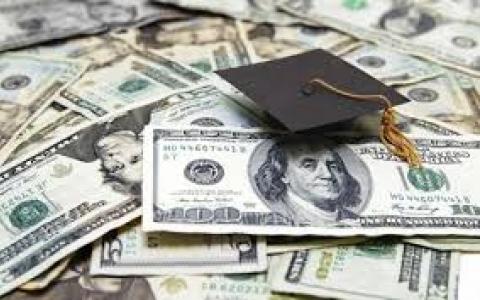
Kevin J. Rosenberg, a Navy veteran, borrowed $116,500 of student loans between 1993 and 2004 to earn a bachelor’s degree from the University of Arizona and a law degree from Cardozo Law School at Yeshiva University.
The loan had increased to $221,400 by the time he filed for Chapter 7 bankruptcy in 2018. Judge Cecilia G. Morris, a US bankruptcy judge in New York ruled that he will not have to repay his student loan debt because it will impose an undue financial hardship, even though he is not unemployable, not disabled nor was he defrauded.
Student loans are not usually dischargeable in a bankruptcy filing, though there are exceptions, including if certain conditions regarding financial hardship are met.
These conditions are set under the Brunner test, which is used by all circuit courts, except the 8th circuit and 1st circuit.
The Brunner test has 3 provisions to meet: the borrower has extenuating circumstances creating a hardship; those circumstances are likely to continue for a term of the loan; and the borrower has made good faith attempts to repay the loan.
It is unclear if this will become the standard for student loans as this is a single legal ruling. But there may be a beacon of hope for many: federal judges and Democrat and Republican members of Congress are open to changing the law to make it easier for borrowers to discharge their student loans in bankruptcy.
There are also other avenues if a person is struggling to repay their student loans, including income-driven repayment plans, refinancing, and paying off higher interest debts first.
See Zack Friedman, This Man Got $221,000 of Student Loans Discharged in Bankruptcy, Forbes, December 10, 2020.



